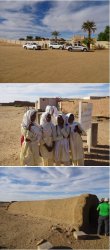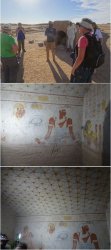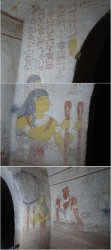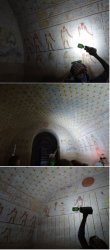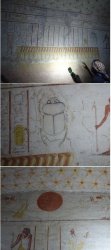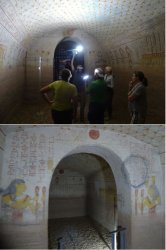- Joined
- Jun 7, 2006
- Posts
- 11,799
- Qantas
- LT Gold
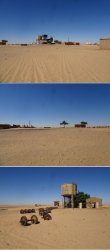
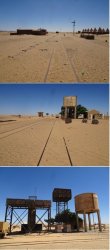
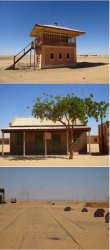
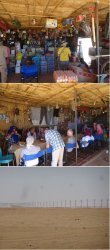
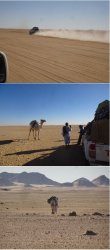
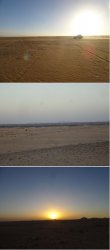
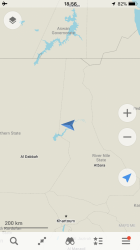
And I was relying on you to have the instant answer because it was quite bizarre to me at the time and now remains a gnawing puzzle.
Wonder if you could post some full size versions of some of the speccier pics?
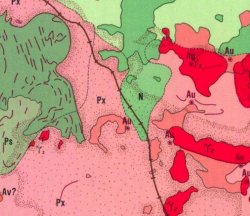
Righto; found you.
View attachment 146514
Your co-ordinates are about to the left of the Px near the centre. Near enough to the several gold occurrences marked, either side of the railwayAl though Px is 'undifferentiated basement', the red with gamma symbol is granite - with gold occurrences
.
Veeeery interesting.
I'll have to round up my former Moroccan co-investors to see if they'd like to have a dabble in Sudan. Business trip to Sudan. I like it.
The other possibility is that is just an early exploration of a lease.Rooflyer may well disagree.
The mining method suggests alluvial gold and the size of the pits suggest it is local miners not commercial gold mining.The other possibility is that is just an early exploration of a lease.Rooflyer may well disagree.
https://minerals.usgs.gov/minerals/pubs/country/2012/myb3-2012-su.pdfCopper, Gold, and Silver.
—Artisanal miners accounted
for most of Sudan’s gold production. In 2012, national gold
exports increased to 46,133 kilograms (kg) from 23,739 kg
in 2011 and 6,049 kg in 2007. Most artisanal gold mining
operations were located in the northern part of the country.
Mining was becoming more expensive as near-surface deposits
were depleted (Bank of Sudan, 2012, p. 14; 2013b, p. 12;
Laessing, 2012a
Though this reference says that until 2012 at least most gold produced in Sudan was from artisanal production particularly in northern Sudan.
https://minerals.usgs.gov/minerals/pubs/country/2012/myb3-2012-su.pdf
The major reason for Sudan's increase in Gold production is China.Though there was a crisis in 2015.
Gold fingered « Week In China
When China sent some UN peacekeepers to Sudan they came from the Chinese Army's Engineering Unit.Not too much of a leap to think quite a few dozers ended up there.
Interestingly the Chinese came to Sudan when Bill Clinton put an embargo on investment there.Trump has reversed this decision.It is expected to lead to increased gold production.
Will Sudan Become Africa’s Next Investment Hot Spot?
Sorry about the hijack.
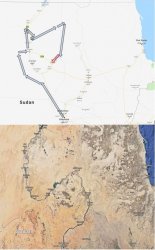
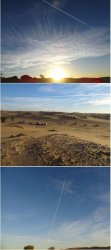
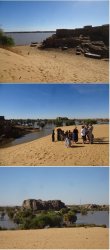
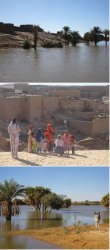
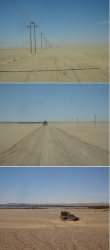
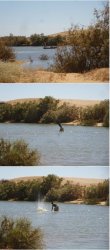
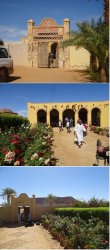
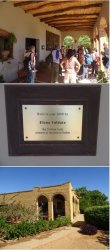
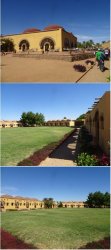
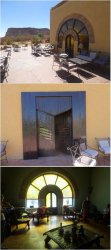
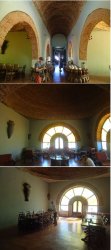
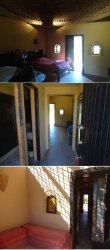
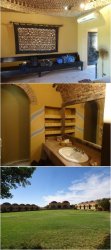
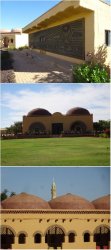
Veeeery interesting.
I'll have to round up my former Moroccan co-investors to see if they'd like to have a dabble in Sudan. Business trip to Sudan. I like it.
AFF Supporters can remove this and all advertisements
